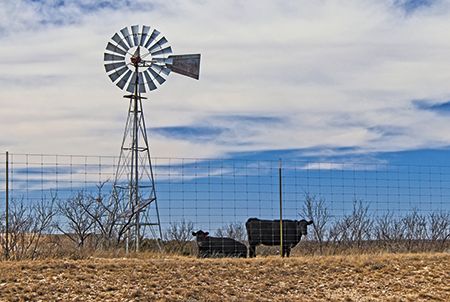Proposed Texas Tech veterinary school gets a $69 million boost
Texas A&M moves forward with its own plans for veterinary education in West Texas.

Experts say there are not enough veterinarians in West Texas to care for the region's livestock. Texas Tech and Texas A&M are both taking steps to reduce that shortage. (Shutterstock.com.)The Amarillo, Texas, City Council recently approved a decision by the Amarillo Economic Development Corp. (AEDC) to fund up to $69 million to ensure the construction of a proposed Texas Tech University School of Veterinary Medicine in Amarillo, according to a release from the organization.
“The veterinary school will provide our community and our region with decades of economic growth,” says AEDC board chairman Brian Heinrich. The release states that the Texas Tech School of Veterinary Medicine “directly addresses the critical shortage of veterinarians serving rural communities in a cost-effective manner by eliminating the creation of a teaching hospital and partnering with local and regional veterinarians.”
In 2016, the Texas Higher Education Coordinating Board issued a report stating that the state could not support another traditional veterinary school but highlighting shortages of large animal and rural veterinarians in Texas-a shortage that needs to be corrected in efficient and cost-effective ways. Texas Tech has used those statements to design its proposed veterinary school.
In the meantime, Texas A&M University is moving forward with its own plans for veterinary education in West Texas, announcing in March that a $22.8 million facility for veterinary education and research will be built on the campus of West Texas A&M University in Canyon, Texas.
“With these three new facilities in Canyon, the Texas A&M System has invested nearly $90 million in the future of agriculture and animal health in this region,” says A&M Chancellor John Sharp, in a university release. “We have created a two-way superhighway of veterinary education and research activity from Canyon to College Station, and it runs right through these new structures.”